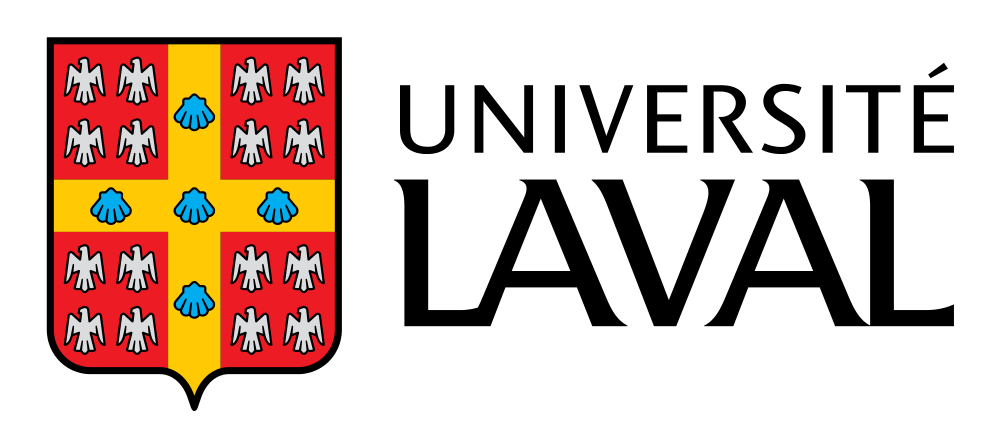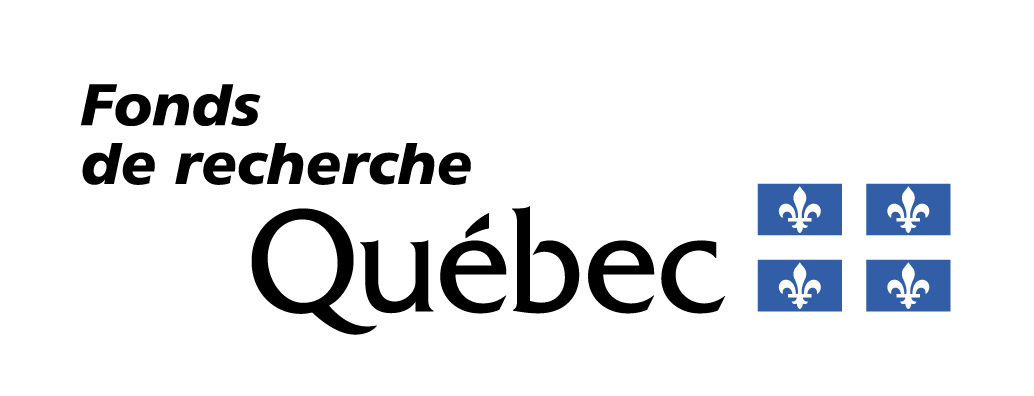This training will be offered in English.
When?
Tuesday, November 11 to Thursday, November 20, 2025
Where?
In attendance, Montreal, QC, Canada
How much?
Graduate students: CAD 1,500
Industrial: 4,000 CAD
For whom?
Six (6) graduate students seeking practical knowledge in high-speed analog and mixed-signal integrated circuit design. Twenty-four (24) industry professionals with experience in integrated circuit design who are interested in upgrading their skills or requalifying.
To register
(info to come)
This second Canadian Bootcamp on Analog and Mixed Integrated Circuits aims to provide training and development for engineers in the semiconductor industry. The program covers 10 full days of lessons and exercises.
It involves renowned experts such as Professor Gordon Roberts (McGill University), seasoned industry expert in layout Dan Clein, Professor Christian Fayomi (UQAM), Professor Glenn Cowan (Concordia University), as well as Dr. Michael Venditti, director of design engineering, and Louis-François Tanguay, Senior Principal Design Engineer (Cadence).
Participants will be guided through
the basic blocks of analog and mixed integrated circuits,
the design of CMOS operational amplifiers,
Sigma-Delta converters,
an introduction to phase-locked loop (PLL) design,
an introduction to CMOS integrated circuit design and the development of standard cells for mixed-signal integrated circuit design,
the low voltage bandgap CMOS voltage reference,
high-speed communication circuits,
as well as other theoretical and practical concepts of circuit implementation, led by experienced engineers from the industry.
On the program
Day 1 & 2: Fundamentals of Analog and Mixed-Signal IC Design
Gordon W. Roberts, McGill University
(2 half-days of theory and 2 half-days of practical design work), focused on
The behavior of linear and nonlinear systems,
The basic blocks of analog and mixed-signal circuits,
Manufacturing issues,
The principles of feedback and their applications to the design and simulation of CMOS operational amplifiers,
Data conversion using Sigma-Delta modulators and introduction to phase-locked loops (PLLs), if time permits.
Day 3 & 4: Introduction to CMOS circuit design (layout) and development of standard cells for mixed design
Dan Clein, Author of The Unorthodox Manager.
(2 half-days of theory and 2 half-days of layout implementation)
What is CMOS VLSI layout?
What are the quality indicators for layout design in general?
How can analog and RF benefit from cell libraries, and why?
How to build a standard cell library for digital and mixed media (similarities and differences).
Day 5: Bandgap Reference Circuits: Fundamentals, Design, and Simulation
Christian Fayomi, UQAM
(½ day of theory and ½ day of implementation)
Fundamentals of voltage references
reference of simplest tensions
Case study: design and characterization of a voltage reference in 45 nm CMOS technology
Day 6 & 7: High-Speed Wireline Circuits – Part 1
Glenn Cowan, Concordia University
(2 half-days of theory and 2 half-days of practical design work)
Introduction to Wired Communications
Equalization Fundamentals
Inverter-based circuits for transmitters
Amplifiers and equalizers.
Day 8, 9 & 10: High Speed Wireline Circuits – Part 2
Michael Venditti, Director of Design Engineering at Cadence, and Louis-François Tanguay, Principal Design Engineer at Cadence
(3 half-days of theory and 3 half-days of practical design work)
Sense amplifiers and clock circuits
Serializers
Advanced Topics: Tips and Tricks for Effective Simulation
Design Partitioning, Introduction to Advanced Topics in Wired Communication
Technology used (Cadence tools and processes): generic 45 nm CMOS process
Contact for program and technical content related questions : Chris FAYOMI — cfayomi@ieee.org
ReSMiQ Annual Conference
JIR2025 and 14th Microsystems Technical Demonstration Competition











